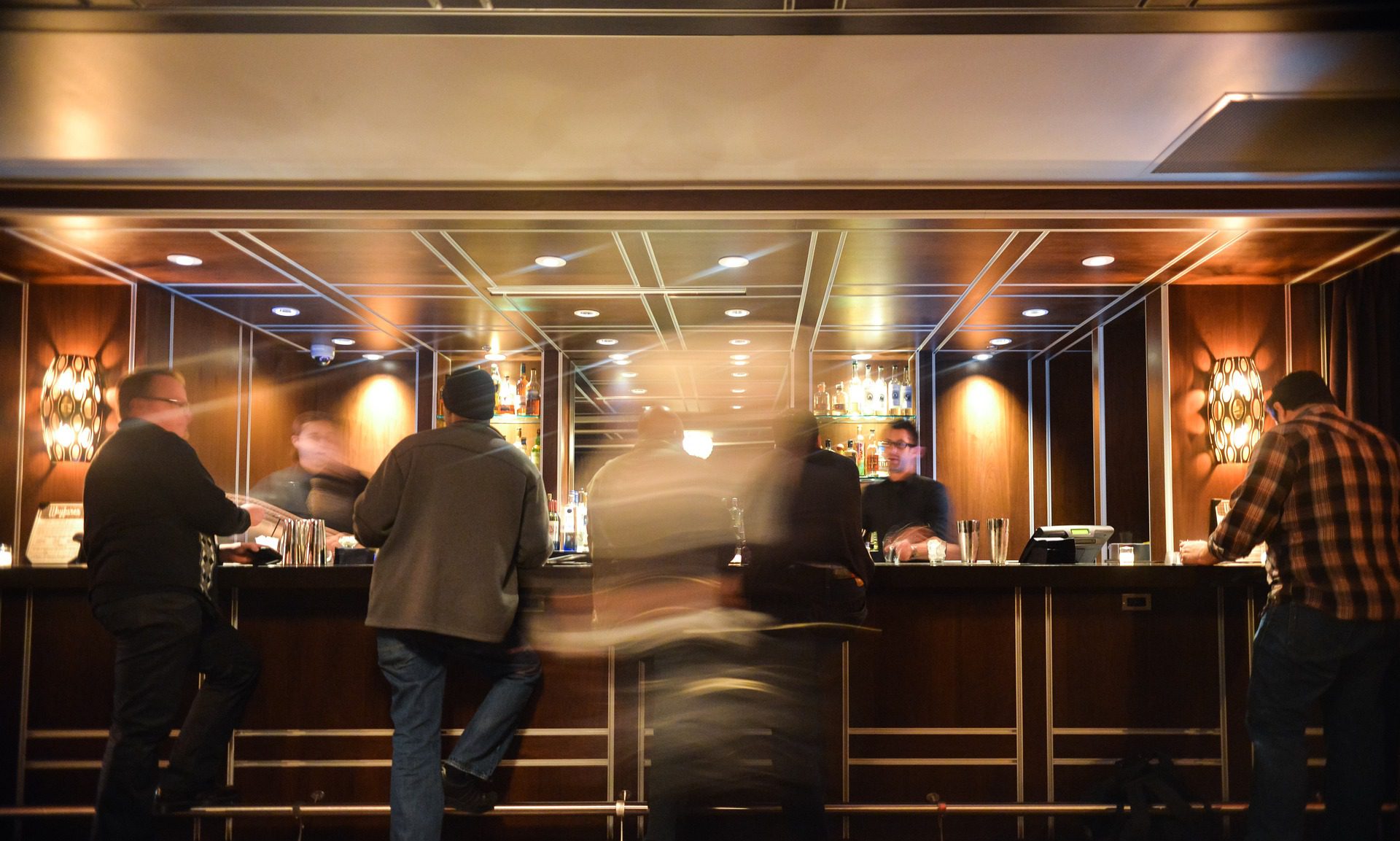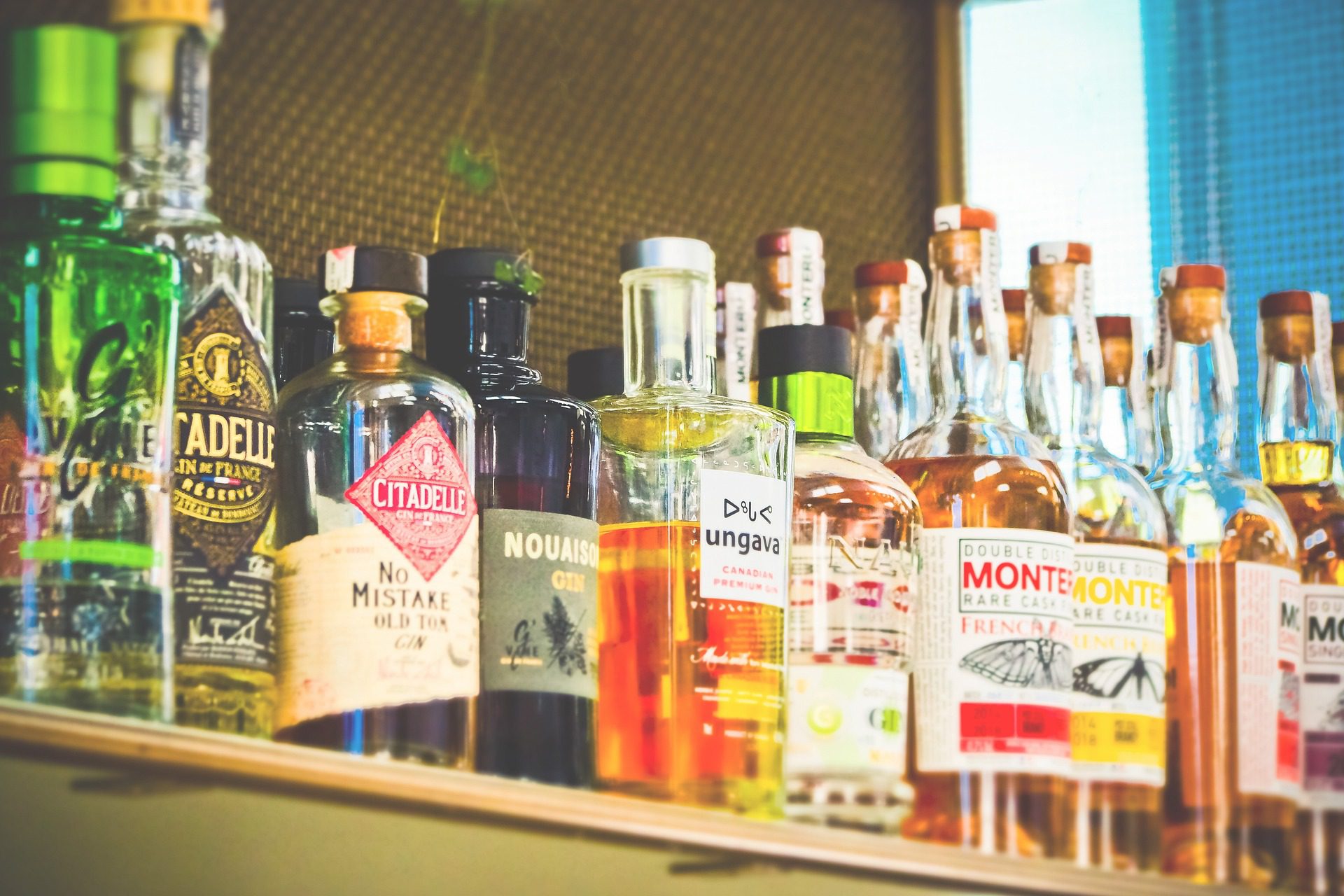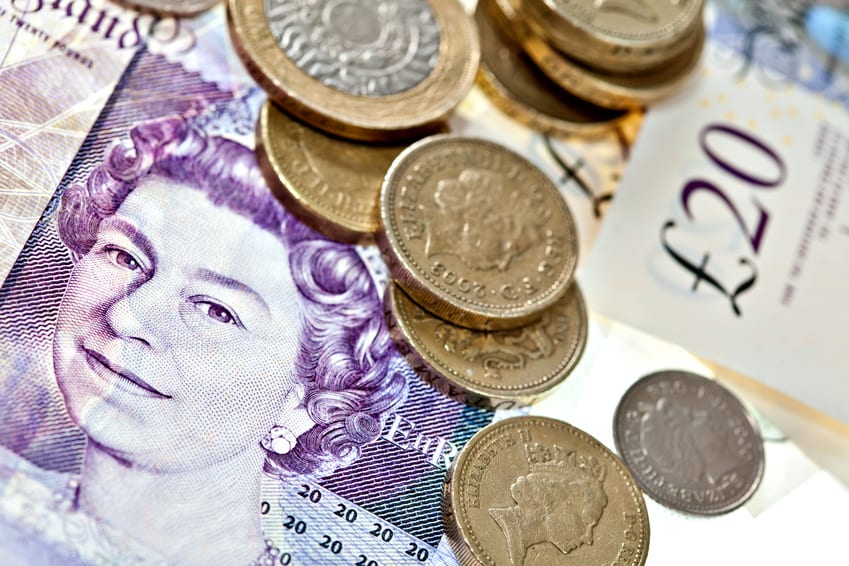Making a good pub great is something most, if not all, publicans aim for. While people will have slightly differing views of the perfect pub, everyone wants to feel comfortable and at-home when they visit a pub.
It should be a welcoming space
Creating a convivial environment is made up of a few different factors, from the hosts to the décor and the overall vibe, which all your customers contribute to.
Friendly staff led by a warm landlord/lady who has a great connection with the regulars, expertly serves their customers and can tell you where the closest cashpoint or best local Chinese takeaway is.
A pub’s décor, style, aesthetic, whatever you want to call it, has a big impact on how customers receive it. Ideally, a pub will be big enough so as not to feel overcrowded, but be broken out into cosy little niches. You want to make people feel like they’re relaxing in one of their friends’ living rooms, not like they’re in a bland expanse like a school hall.
Traditional wooden features, particularly beams and columns, help create a cosy, rustic vibe. Adding comfortable seats and good sturdy furniture help make people feel safe and centred.
Creating separate spaces
It should also be a tolerant space. Pub is short for public house and this means all are welcome, however, maintaining a good balance between alcohol-drinking adults and families with young children needs to be achieved.
Having distinct spaces on-site for each group can help this, such as not allowing children in the bar area, and clearly marking family areas so your more boisterous customers or those who may be having more mature conversations know to steer clear.
Good, homecooked food
Now, pub food does not need to be anything fancy – a pub is not a restaurant and it doesn’t need to be. Good pub fare needs to be hot, tasty and filling, with British pub classics including bangers & mash, fish & chips, roast dinners and all-day breakfasts. Pub food should also be at reasonable prices.
Your punters may not fancy a full meal but instead prefer a light snack to go with their drink of choice, such as crisps, peanuts or a sandwich. Having a variety of options means your customers will be able to choose something that suits their needs.
Drink
Of course, a pub should have a good range of quality drinks for your punters to choose from, so you can be sure there’s plenty to wet their whistle.
There are four main areas when it comes to pub drinks: beers, wines, spirits and soft drinks.
Beers are one of the first things that come to mind when we think of pubs, particularly traditional pubs where the bar staff literally pull the pints through the pipes with a great wooden handle. Draught beer generally covers ales and the various subcategories within (such as stouts, IPAs and brown ales) as well as lagers; you may also have cider on tap. A variety of beer taps, prominently displayed along your bar, will show your customers which beers you offer and which are in stock.
Wines are also a popular option for many adults and they expect a good selection when it comes to whites, rosés and reds, as well as sparkling varieties. Wine is generally served by the glass in measures of 125ml or 175ml (or multiples thereof, such as 250ml), or a group may order a bottle (or three!) to share, to save them heading to the bar after each glass. Prosecco, as a sparkling white wine, has enjoyed fantastic popularity in recent years, so it’s well worth keeping stocked up
After beer and wine come the spirits, including gin, vodka and rum, as well as brandy and whisky. There are many varieties within each subcategory, beyond the flavours and level of alcohol and into the detail of how the spirit may have been distilled or steeped, and many customers will have a favourite brand of spirit, so it’s well within your interest as the owner of the pub to offer a wide selection of spirits. This is particularly true of gins as their popularity, and indeed their range, has exploded in the last few years.
Soft drinks. More people are becoming conscious of the health effects of excessive alcohol consumption and are more likely to want a greater selection of soft drinks beyond juice and coke. Many alcoholic brands are now producing alcohol-free versions of their drinks that you can keep stocked behind the bar, and virgin cocktails are popular choices for designated drivers. Staples like J2O, Appletiser, Shloer and Fentiman’s provide a range of options for those who may not be drinking for any number of reasons.
Your staff should be able to tell your customers about each kind of drink, covering important details like their flavour and alcohol volume (ABV). You may even, for your more loyal regulars who have an unusual (or perhaps outdated) penchant, such as crème de menthe, choose to keep a bottle behind the bar for when they come in.
Being able to offer your customers the drinks they want and tell them about other drinks they may be interested in will help set your pub apart from other bars.
If you’re considering buying and running your own pub, get in touch with a member of our skilled and experienced team who are on hand to help you discover your dream pub.











